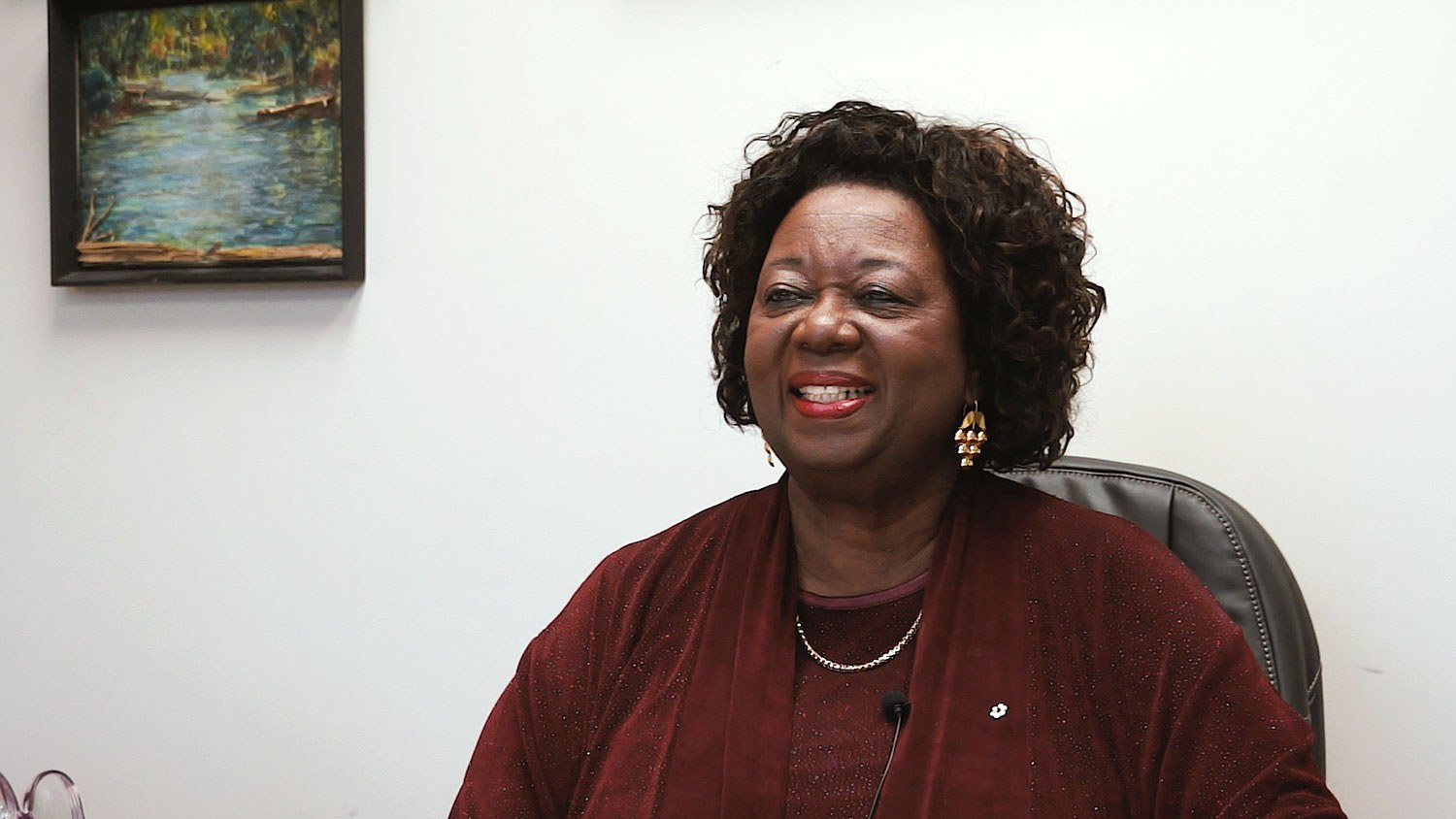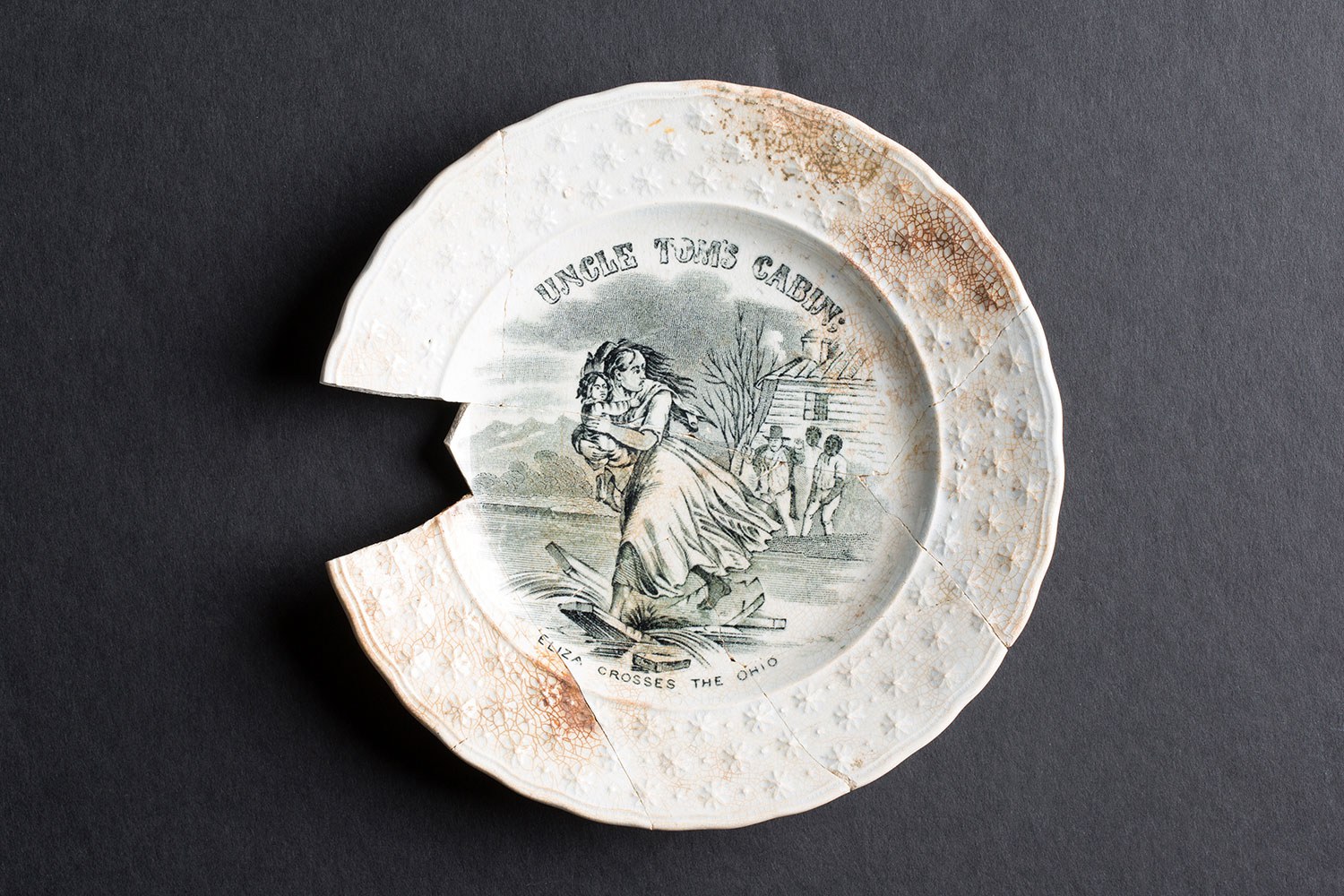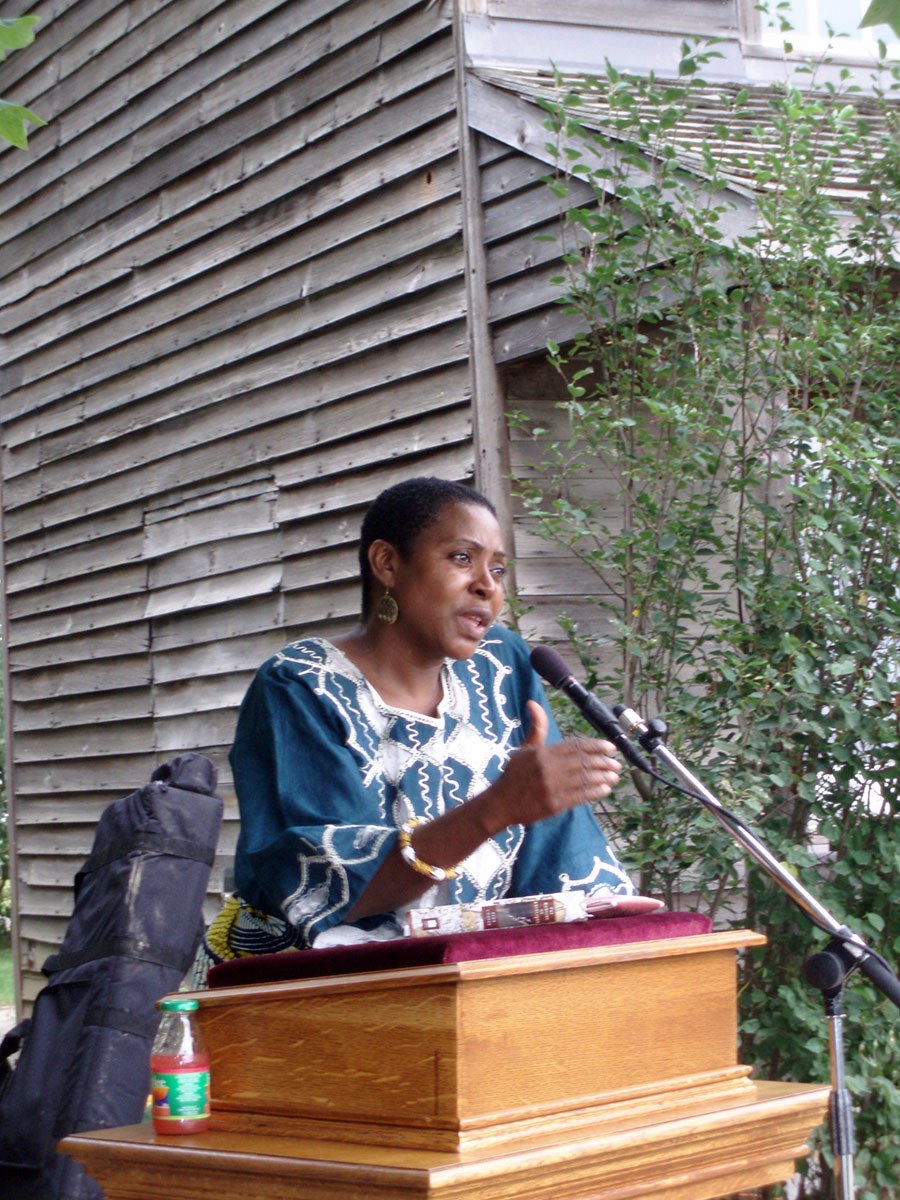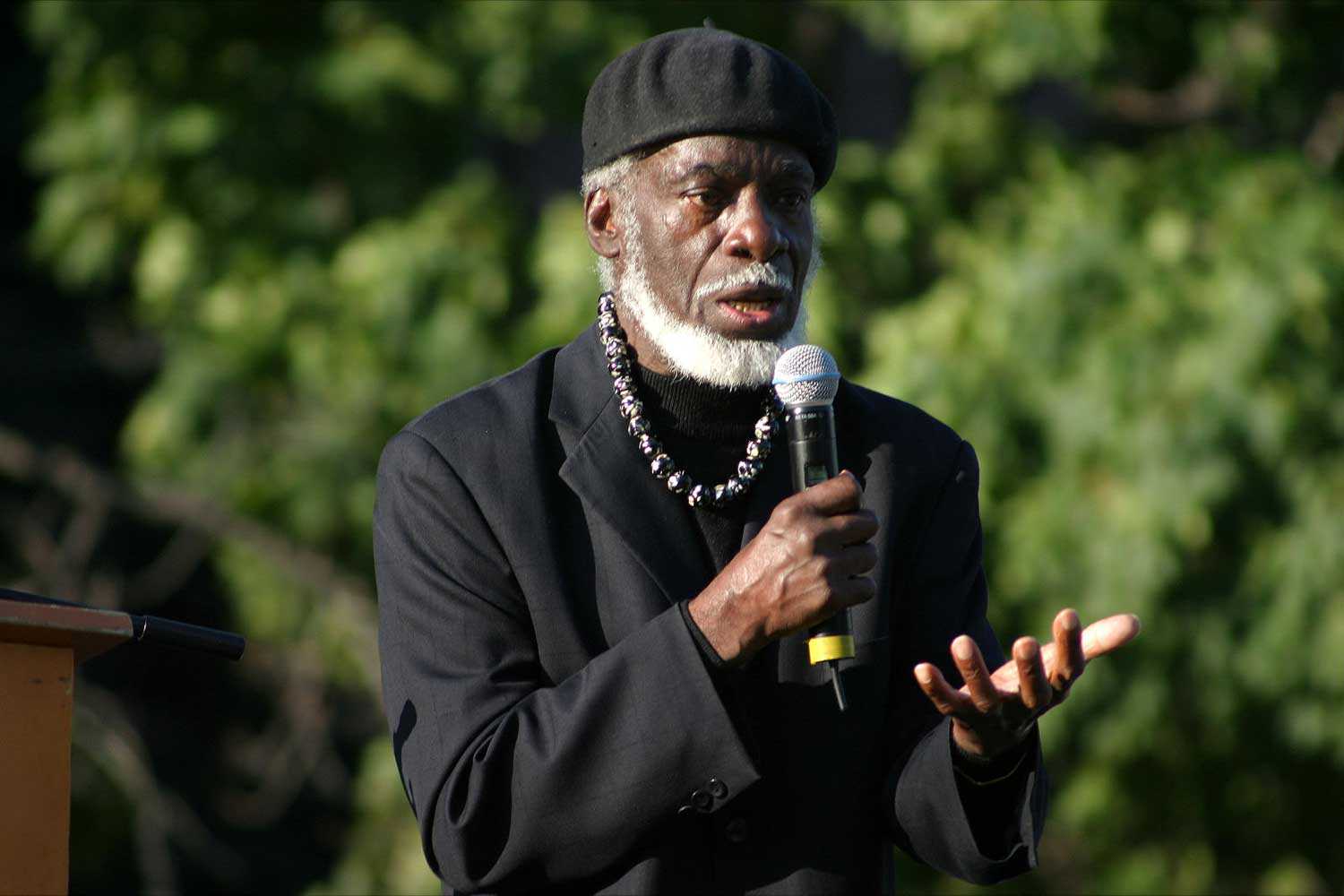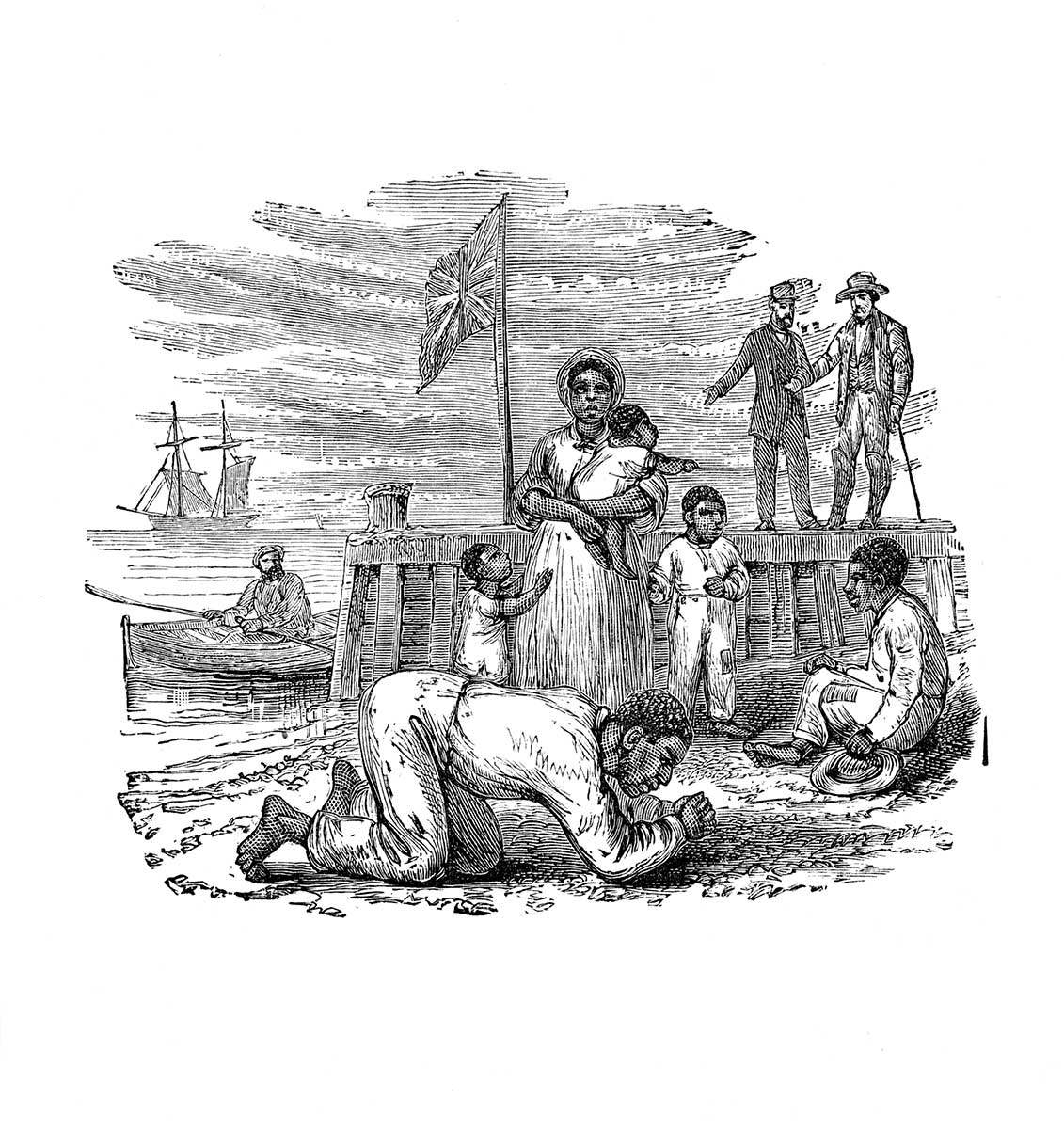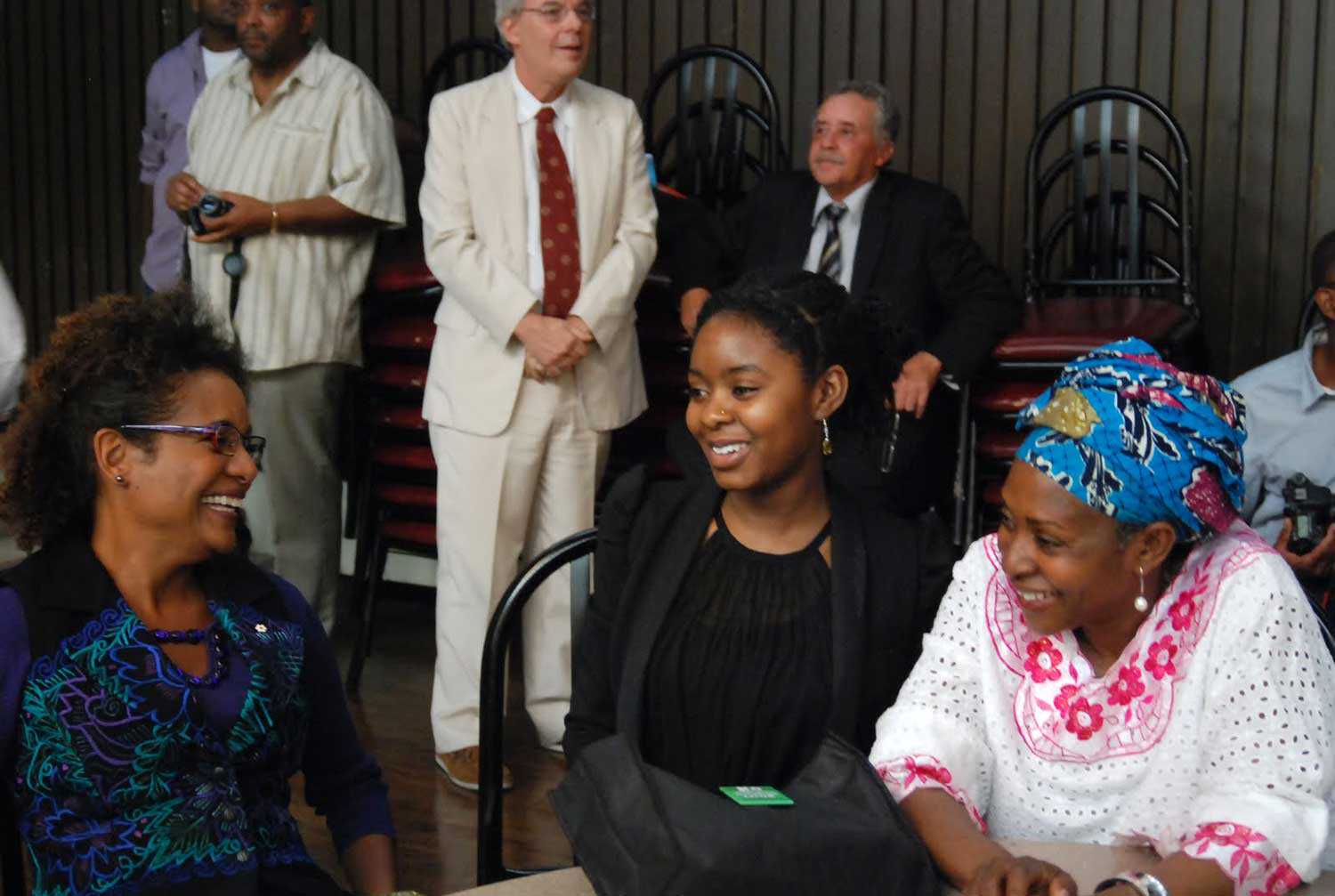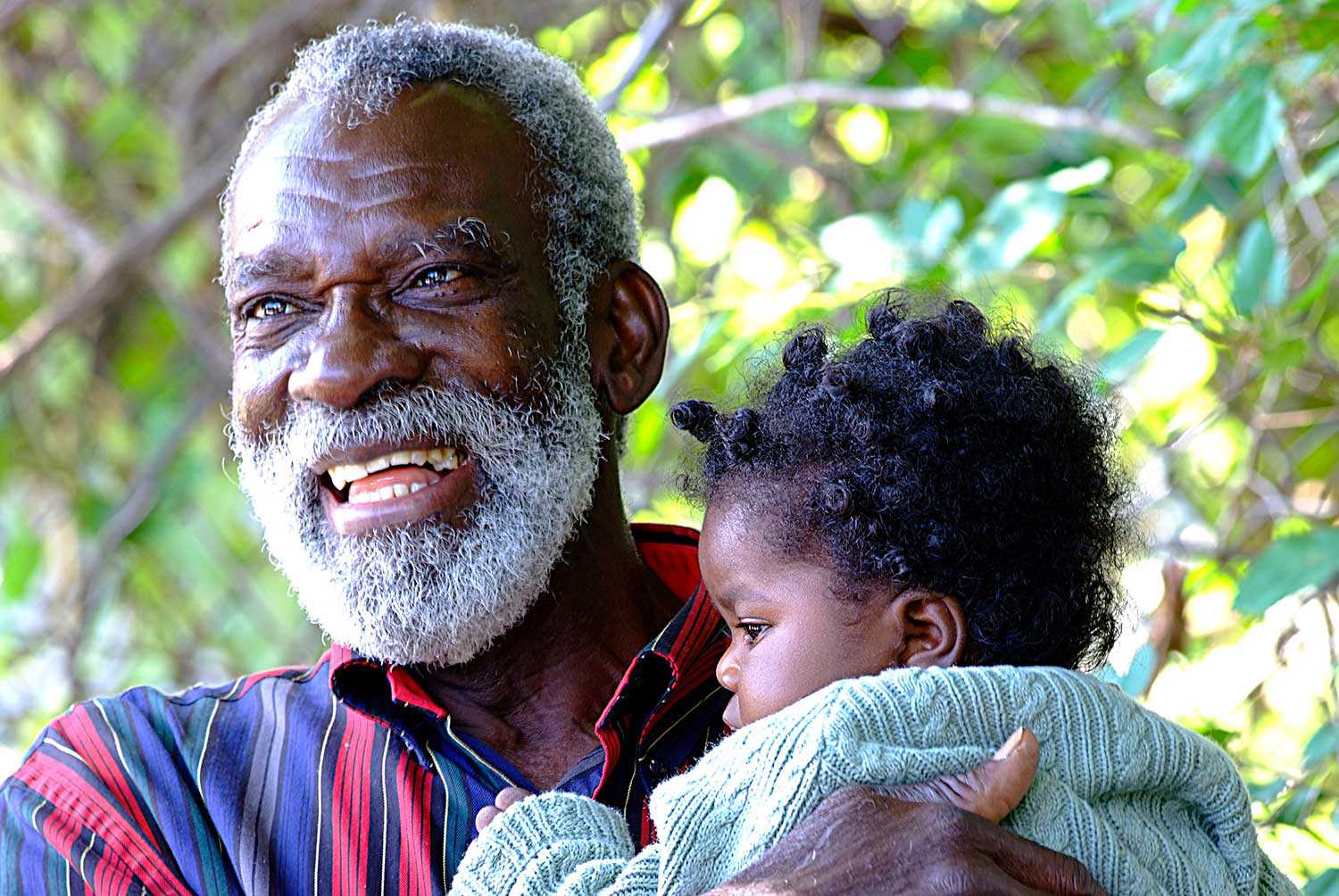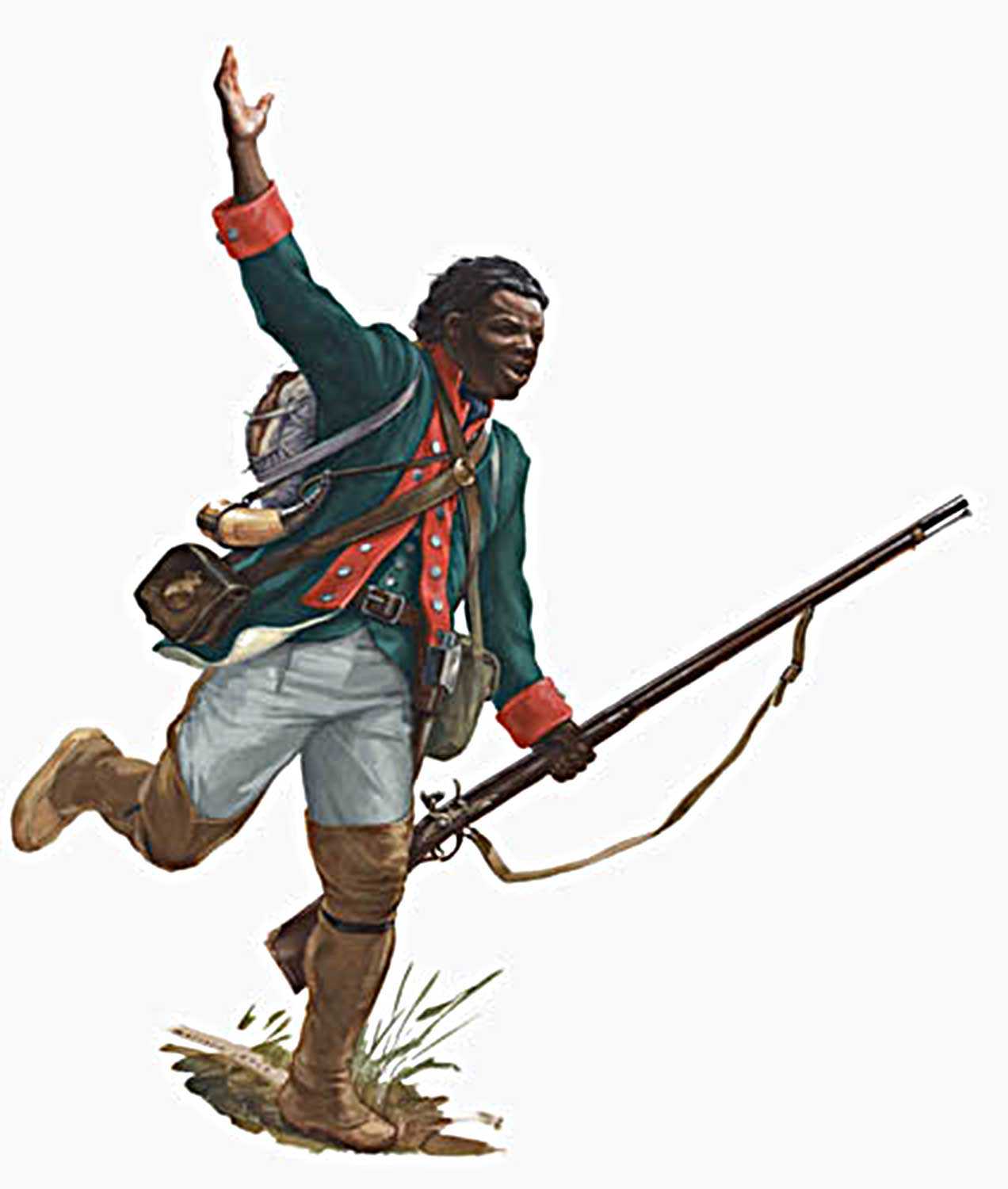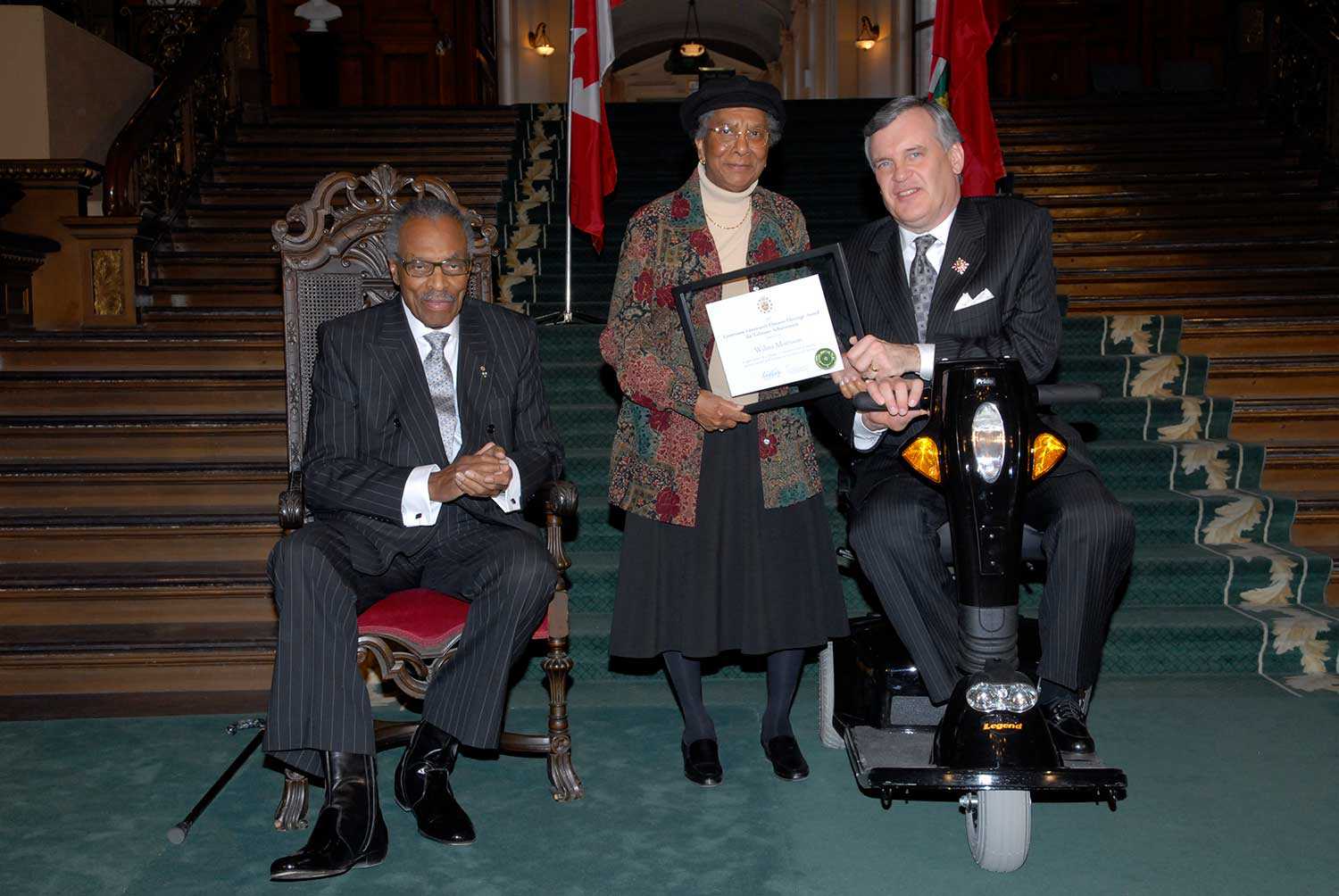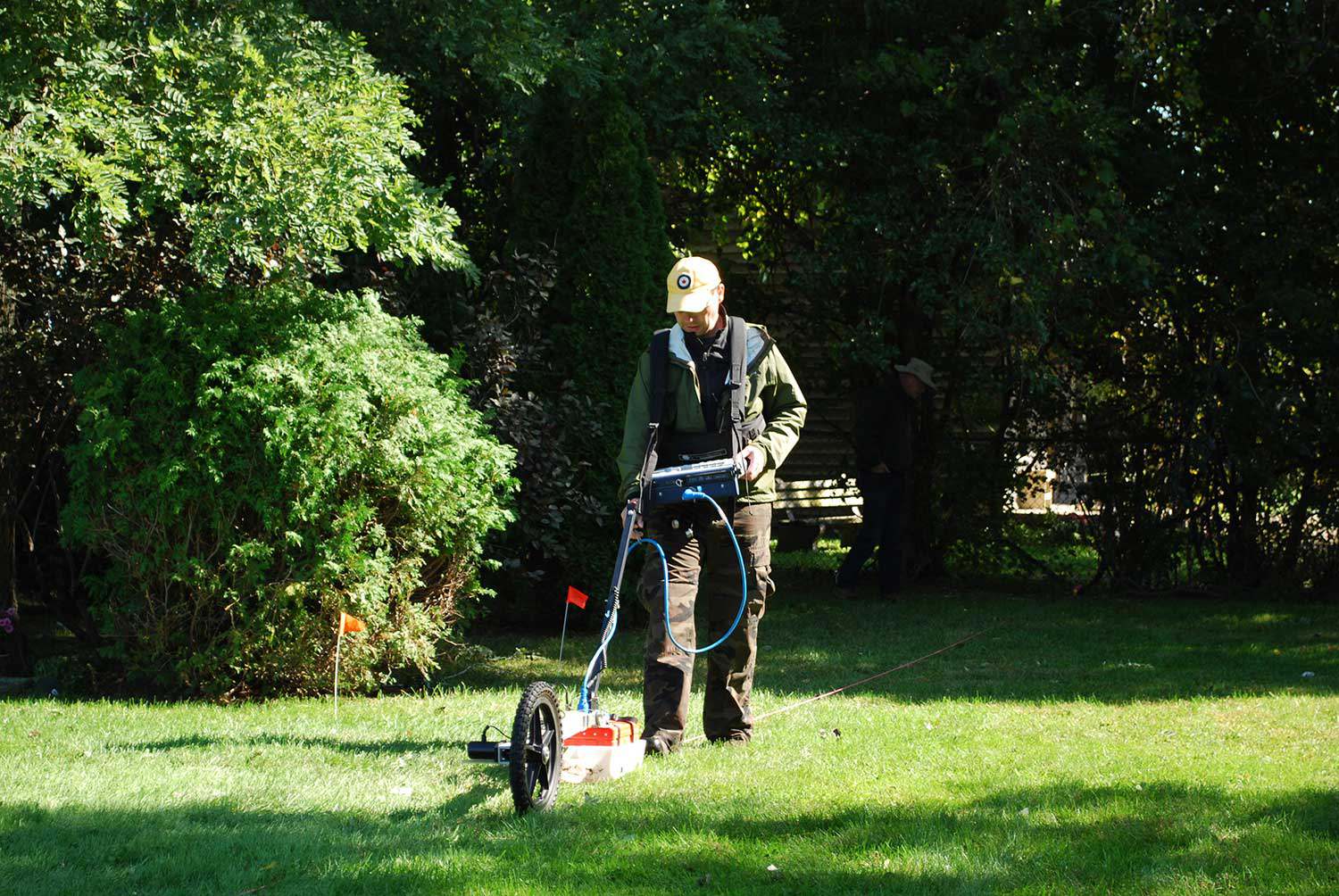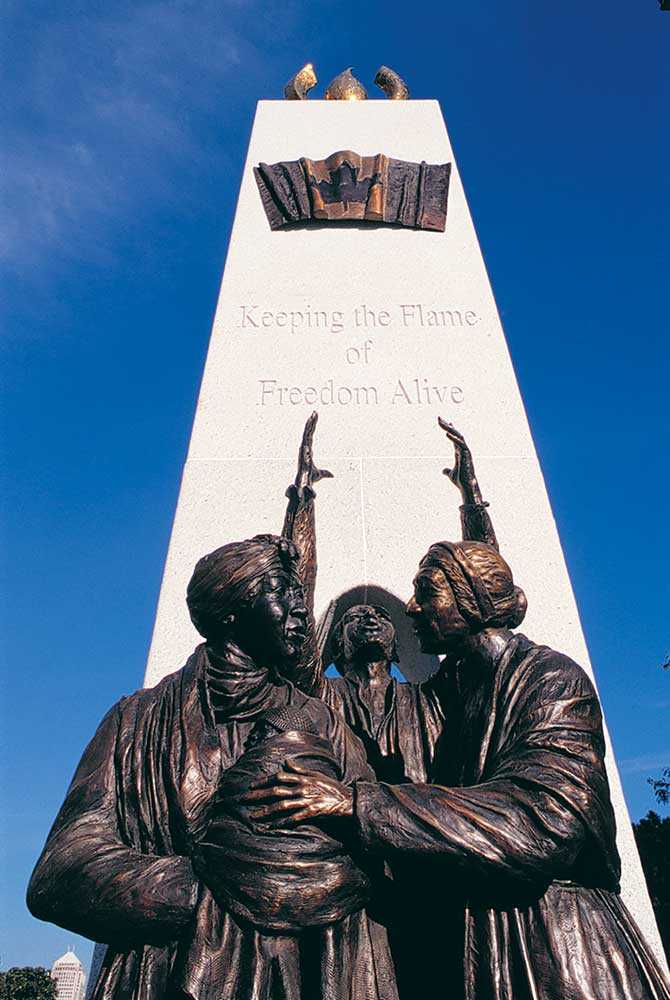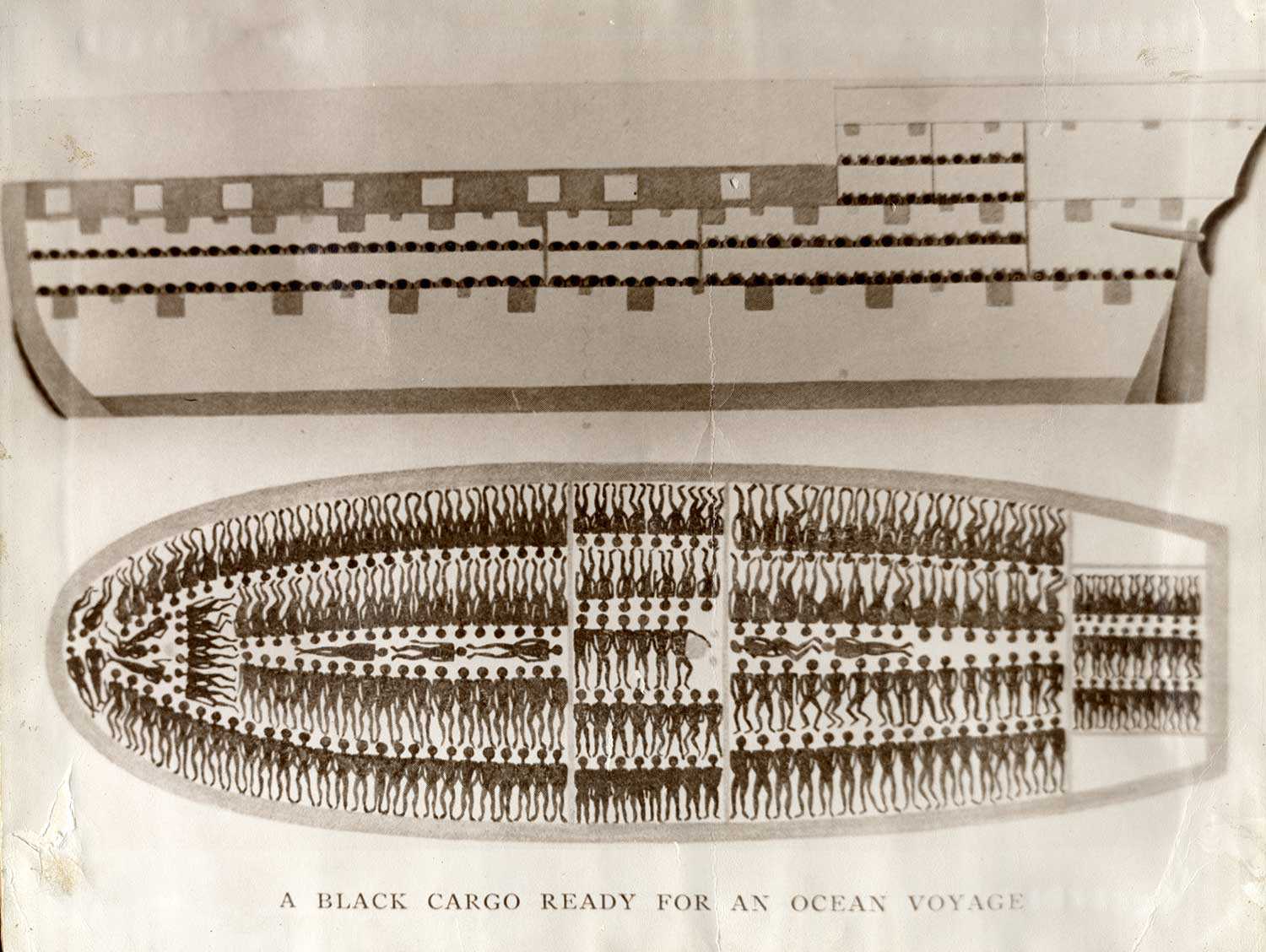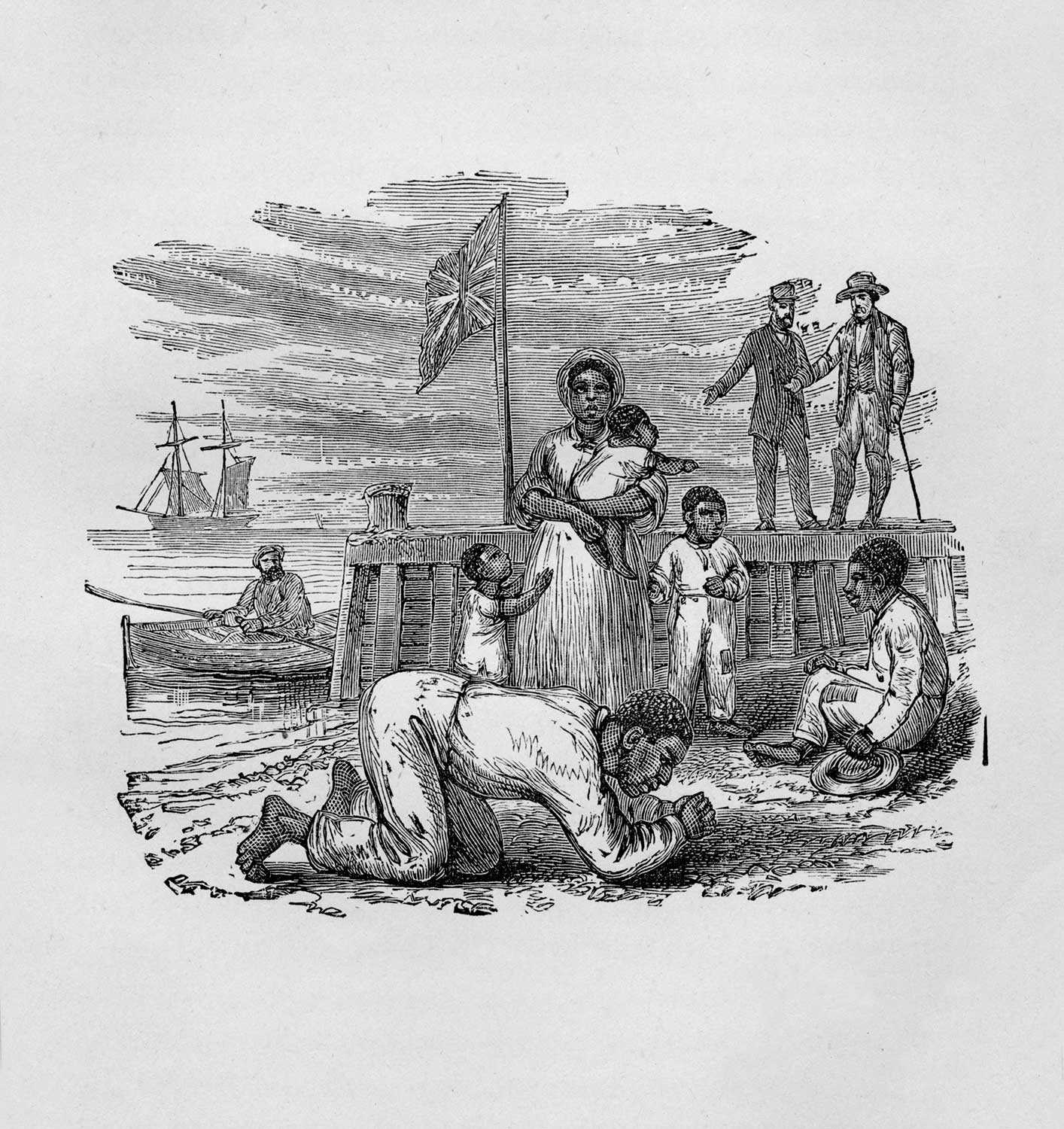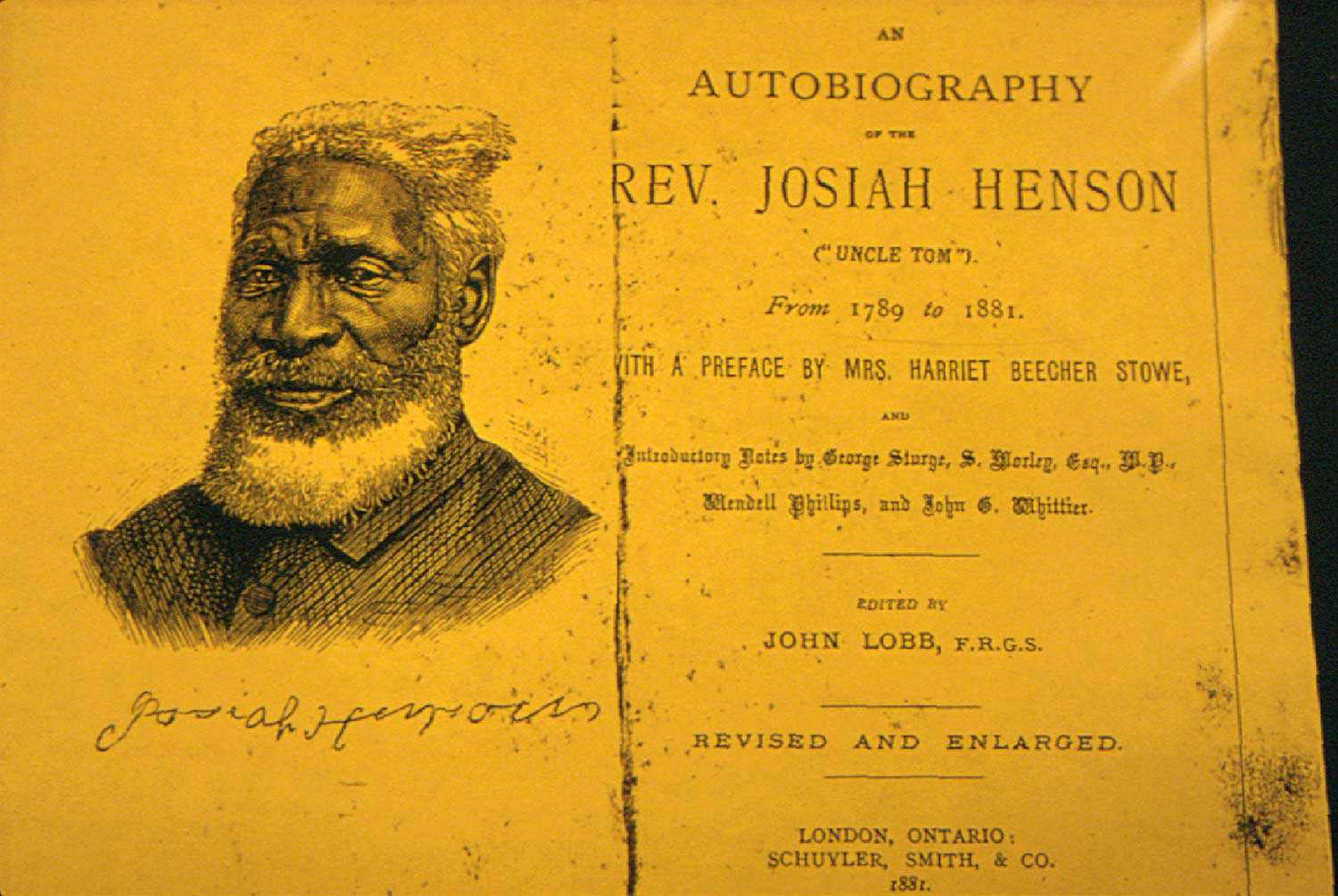

Browse by category
- Adaptive reuse
- Archaeology
- Arts and creativity
- Black heritage
- Buildings and architecture
- Communication
- Community
- Cultural landscapes
- Cultural objects
- Design
- Economics of heritage
- Environment
- Expanding the narrative
- Food
- Francophone heritage
- Indigenous heritage
- Intangible heritage
- Medical heritage
- Military heritage
- MyOntario
- Natural heritage
- Sport heritage
- Tools for conservation
- Women's heritage
Len Gibson: Ontario dance pioneer


"The late Len Gibson was a contemporary dance pioneer who came to Toronto and helped enable the present African-Canadian dance community that exists in this province to stake their presence in the Canadian dance world."
In this year declared by the United Nations as the International Year for People of African Descent, I think about dance in African Diaspora communities. This art form is one of the important cultural posts that plays a healthy role in the spiritual and physical lives of African-Canadian communities in Ontario.
The late Len Gibson was a contemporary dance pioneer who came to Toronto and encouraged the present African-Canadian dance community that exists in this province to stake their presence in the Canadian dance world. Gibson’s work ethic enabled the dance community who studied with him to envision a career in dance. Noted members of the African-Canadian dance community who were students of Len Gibson included: Debbie Costello, Len Henry, Dr. Shani Williams and Vivine Scarlett.
Leornard “Len” W. Gibson was born on November 13, 1926 in Athabasca, Alberta. His family later settled in British Columbia. His parents arrived in Canada from the southern United States and the Caribbean. By the age of five, Gibson – a self-taught tap dancer – was performing in local shows in Vancouver, along with his sister Thelma. By the time Gibson was 19, he started studies on scholarship with Katherine Dunham in New York and later became a member of Dunham’s resident company. There, he was introduced to Afro-Cuban style and took courses in tap, jazz, Spanish, oriental percussion, costume and visual design.
He trained with Jose Limon and Syvilla Fort, among other noted dance pioneers. In the 1960s, Gibson toured Europe, performing as an actor, singer, dancer and choreographer. He was also a principal dancer with Vancouver’s Theatre Under the Stars, where he wrote and choreographed Bamboula, a double-first – the first musical to be produced for the Canadian Broadcasting Corporation (CBC) from Vancouver and the first interracial cast in North America. This production predated any interracial cast work done by American artists.
When Gibson settled in Toronto, he opened The Studio of Dance Theatre Arts. He later taught at the Yorkville Performing Arts Studio. Gibson accumulated credits as a performer, director and choreographer in film, television and radio on productions such as Fiddler on the Roof, West Side Story, Guys and Dolls, Hello Dolly, Finian’s Rainbow and Salome Bey’s Indigo.
His contribution to the Toronto dance community was noted and documented for over 30 years. When Gibson left Toronto, he returned to Vancouver where he continued to work in dance, theatre and television until his death in 2010. He received the 2000 Harry Jerome Award for Lifetime Achievement in the arts. He also received an Award of Distinction and the Black Dancers in Canada award. Gibson is remembered as a dance pioneer and a serious purveyor of the craft.

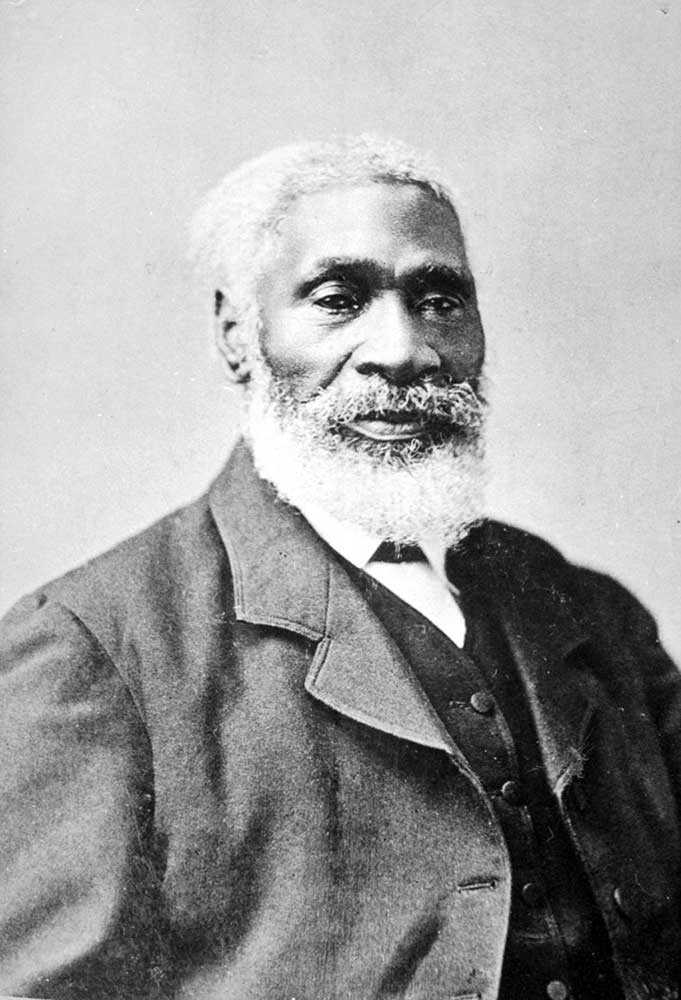
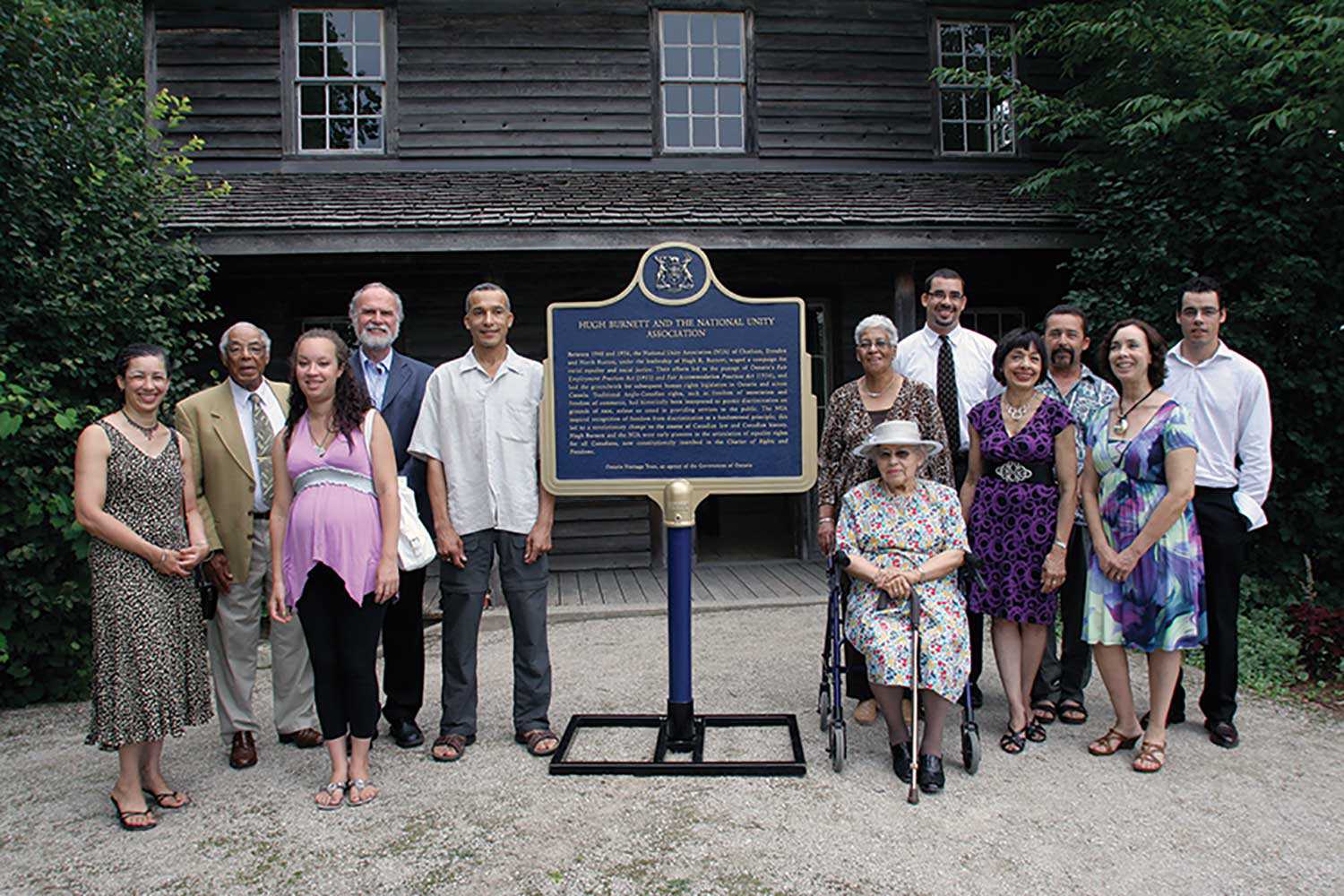
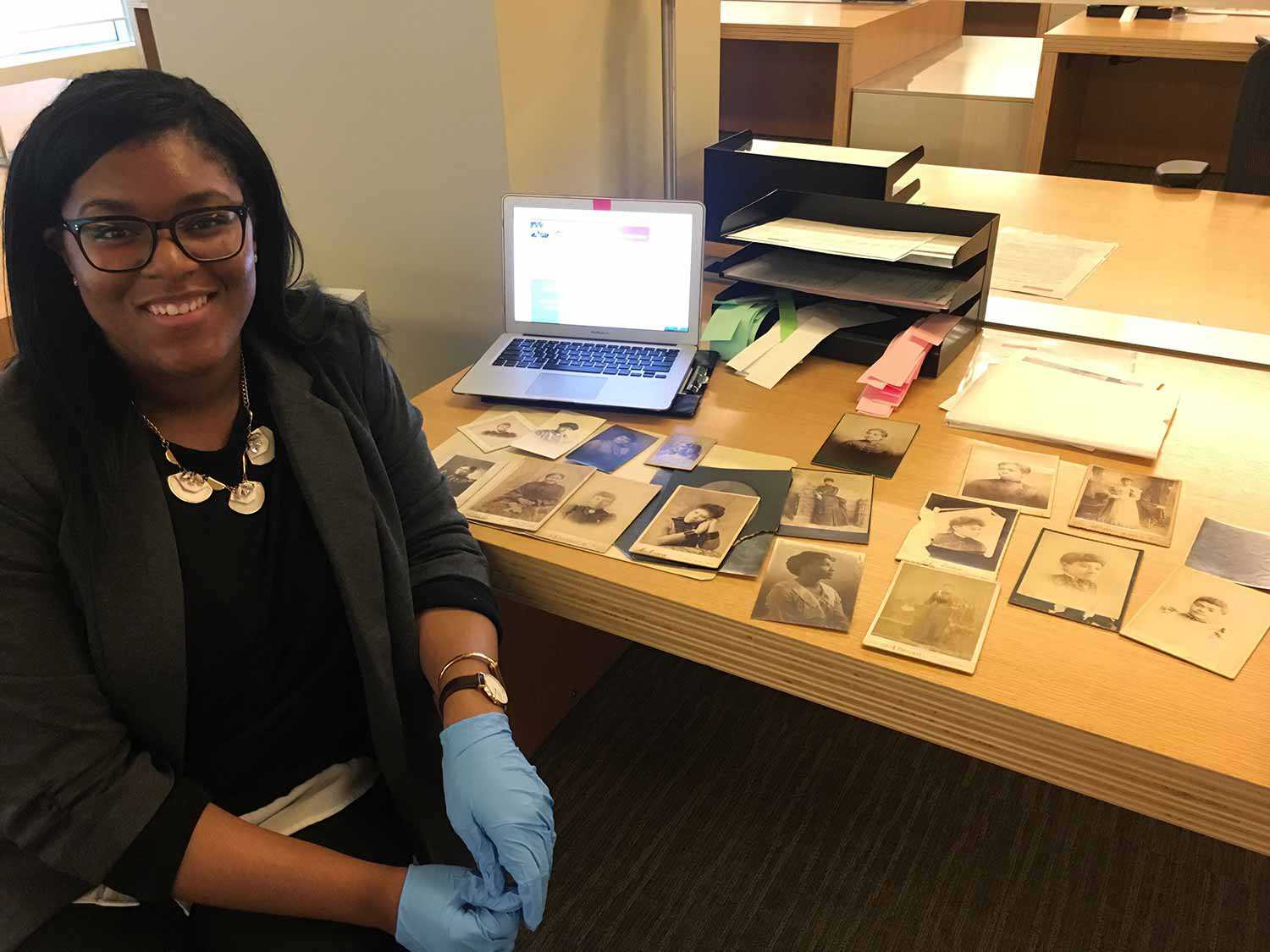
![F 2076-16-3-2/Unidentified woman and her son, [ca. 1900], Alvin D. McCurdy fonds, Archives of Ontario, I0027790.](https://heritage-matters.ca/uploads/Articles/27790_boy_and_woman_520-web.jpg)
